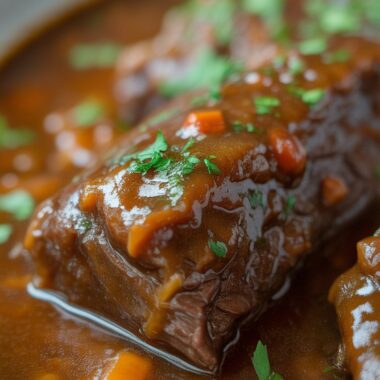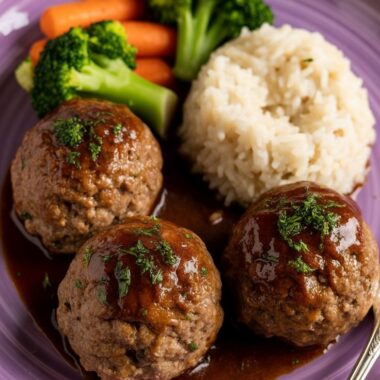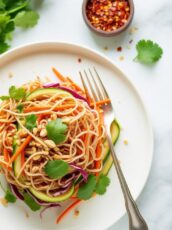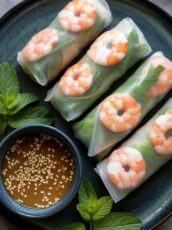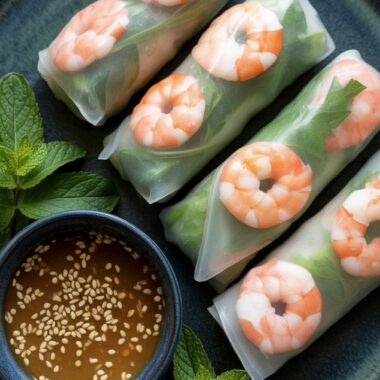If you’ve ever sat at a Japanese steakhouse, watching a chef cook up a storm on a sizzling griddle, you’ve probably had those buttery, savory noodles that somehow taste like pure comfort. These hibachi noodles bring that exact feeling into your kitchen—no show required. They’re rich, slightly sweet, garlicky, and ready in under 20 minutes.
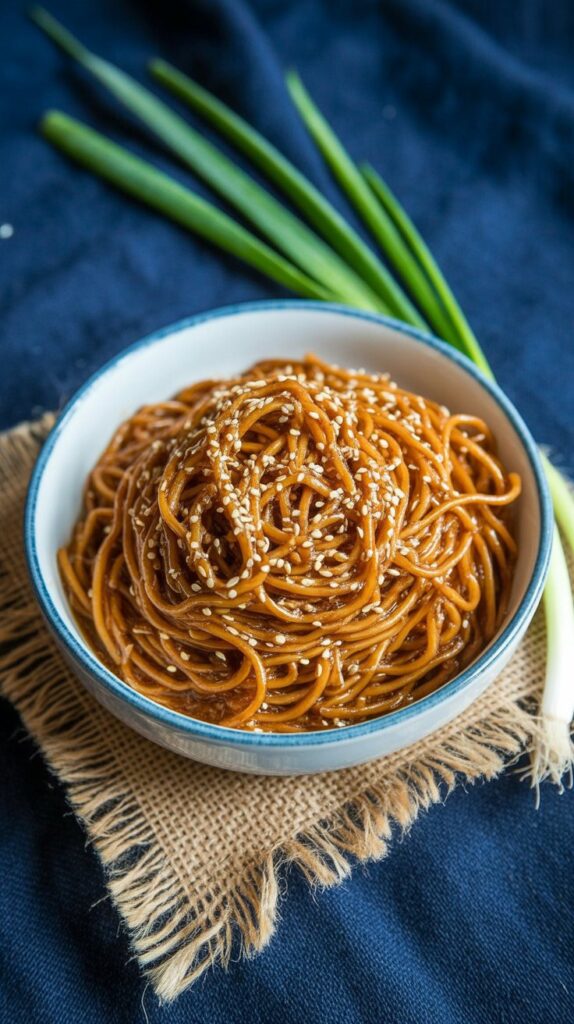
I first tried them on a dinner night out with friends, and after the first bite, I knew I had to recreate them at home. Now, they’re a regular at our place, especially on nights when we’re craving takeout but don’t want to spend a fortune.
Why I Love Making Hibachi Noodles at Home
These noodles hit the perfect balance of cozy and bold. You’ve got butter for richness, soy sauce and teriyaki for depth, and just a touch of brown sugar to bring it all together.
What I enjoy most is how easy they are to adapt. Some days I toss in leftover chicken or shrimp, other days it’s just a bunch of chopped veggies hanging out in the fridge. The base recipe stays the same, and it always turns out great.
The best part? No fancy equipment. While hibachi restaurants use a big flat-top grill, you can get similar results in a large skillet or wok right on your stovetop.
Here’s What You’ll Need
- Noodles – I usually use linguine when I don’t have yakisoba or ramen on hand. Any noodle with a little bite works.
- Butter & Sesame Oil – Butter brings that creamy richness, and sesame oil adds that unmistakable nutty aroma.
- Aromatics – Chopped onions, minced garlic, and fresh ginger give the dish its deep, savory base.
- The Sauce – Soy sauce, teriyaki, brown sugar, and mirin. It’s a simple mix but packs so much flavor.
- Seasoning – Just salt and pepper to taste.
- Sesame Seeds – A little sprinkle at the end gives a nice crunch.
- Optional Add-Ins – Feel free to stir in tofu, grilled chicken, shrimp, or whatever protein you like. I often throw in mushrooms, shredded cabbage, or bell peppers when I want to bulk it up.
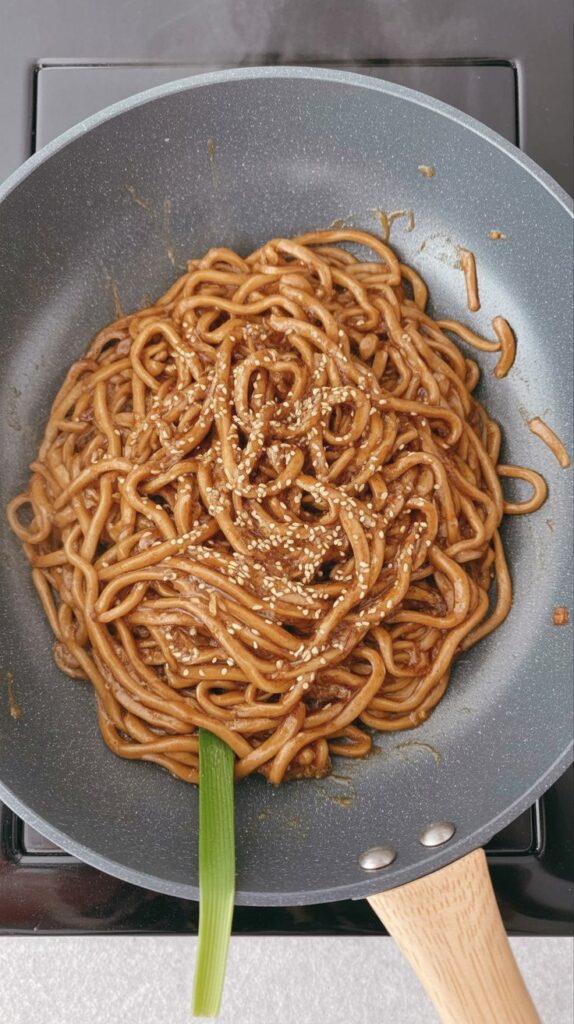
My Go-To Noodle Tips
- Don’t overcook the noodles. Keep them al dente. If they’re too soft, the final dish can turn mushy once you stir-fry them.
- Cook them ahead if needed. I often boil a batch in the morning and toss them with a bit of oil to prevent sticking. They’ll hold up in the fridge for a couple of days—makes weeknight dinners faster.
- Use what you have. No mirin? A splash of white vinegar works. No yakisoba? Spaghetti will do just fine.
Step-by-Step: How I Make Hibachi Noodles
1. Boil the Noodles
Cook about 7 oz (200 grams) of dry noodles in salted water according to the package. Drain them just before fully done—al dente is key. If I’m prepping ahead, I toss the noodles in a little oil and refrigerate them until I’m ready.
2. Mix the Sauce
In a small bowl, I stir together:
- 2 tablespoons soy sauce
- 1 tablespoon teriyaki sauce
- 2 tablespoons brown sugar
- 1 tablespoon mirin
It’s a salty-sweet combo with just enough depth to coat the noodles beautifully.
3. Start the Stir-Fry
In a hot skillet or wok, I melt 3 tablespoons of butter with 1 tablespoon of sesame oil. Once it’s sizzling:
- Add ¼ cup chopped onions
- 2 teaspoons minced garlic
- 2 teaspoons minced ginger
Stir for 2–3 minutes until everything is golden and fragrant.
4. Bring It All Together
Add the sauce and cooked noodles into the skillet. Toss everything together until the noodles are well coated and glossy.
Sprinkle in:
- ½ teaspoon salt
- ¼ teaspoon black pepper
Give it one last toss. Check for seasoning and adjust if needed.
5. Finish with Sesame Seeds
Right before serving, sprinkle 2 teaspoons of white sesame seeds on top. I sometimes garnish with chopped green onions too—they add freshness and color.
Make It Your Own (Variation Ideas I Love)
- Add spice – A spoon of chili garlic paste or red pepper flakes gives it a kick.
- More protein – Tofu, pan-seared shrimp, leftover grilled chicken—they all work beautifully here.
- Bulk it up with veggies – Toss in mushrooms, bell peppers, carrots, or cabbage. Just sauté them before adding the noodles.
- No sesame oil? – Light olive oil works, though you’ll miss that signature flavor.
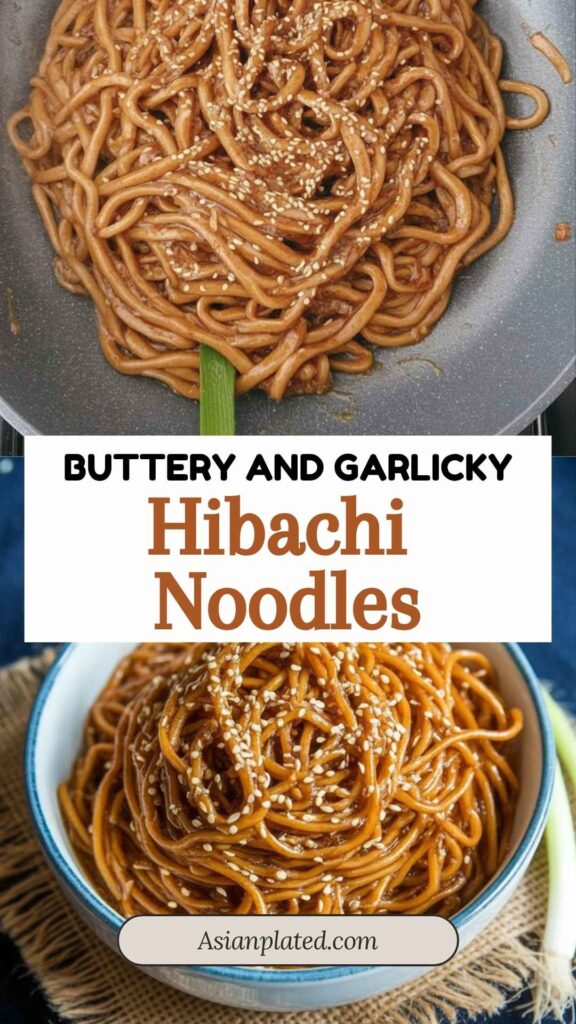
Serving Suggestions From My Kitchen
These noodles are a quick fix for lazy weeknights, but they also feel special enough for a Friday dinner. Here’s how I serve them:
- Drizzled with yum yum sauce or a spoon of spicy mayo.
- With a side of hibachi chicken or stir-fried veggies.
- Or just on their own with some extra sesame seeds and scallions.
If you’ve got guests coming over, these go great with grilled skewers or even pan-fried dumplings.
Storing and Reheating Tips
Fridge:
They’ll keep well in the fridge for 2–3 days in an airtight container.
Reheat:
I add a bit of butter in the pan, splash in 2 tablespoons of water, and reheat the noodles on low heat, covered. Stir occasionally—it takes about 5 minutes to get them hot and steamy again.
Note:
They taste just as good the next day, and the flavors settle in even more.
Hibachi Noodles
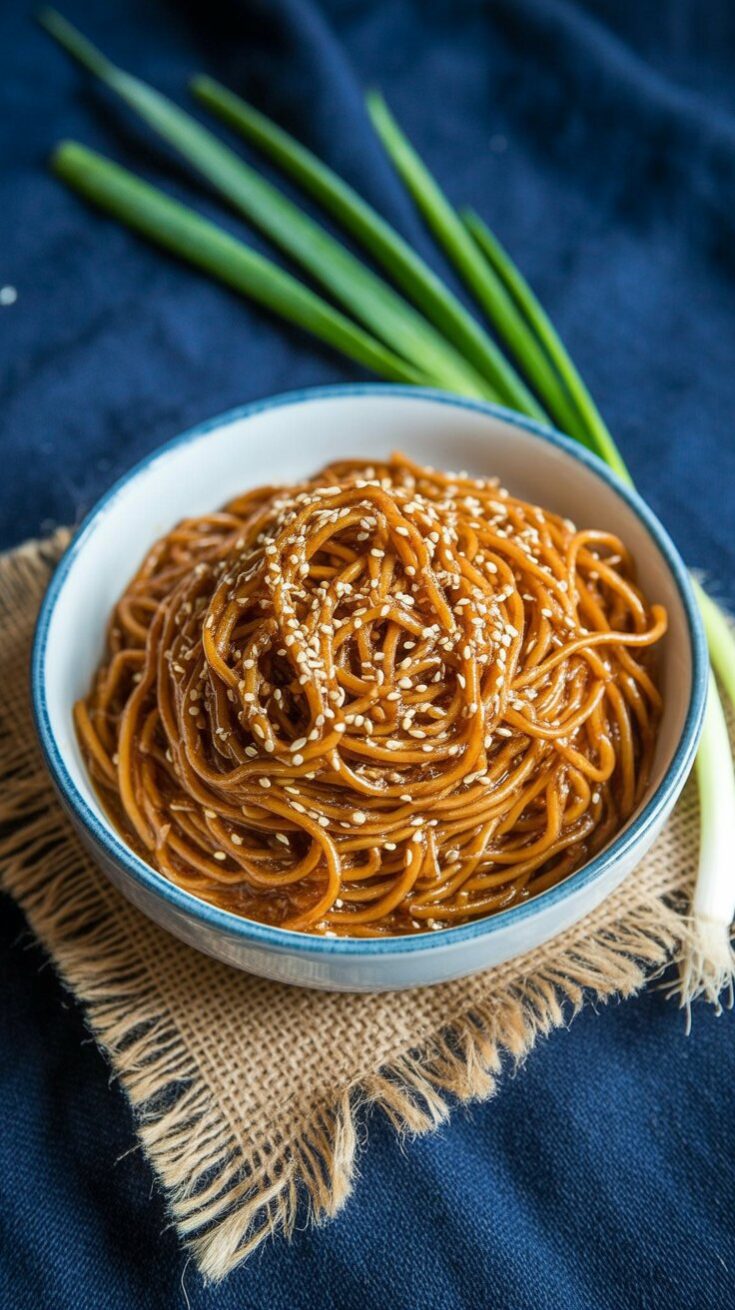
Craving those buttery, garlicky noodles from your favorite hibachi grill? These Hibachi Noodles bring the restaurant flavors right to your kitchen—with simple pantry staples and just 15 minutes on the clock.
Ingredients
- 3 tablespoons butter (unsalted or salted)
- 1 tablespoon sesame oil (or any neutral oil)
- ¼ cup finely chopped onions
- 2 teaspoons minced garlic
- 2 teaspoons minced ginger
- 7 ounces dry noodles (200g; feel free to use linguine if that's what you've got)
- 2 tablespoons soy sauce
- 2 tablespoons brown sugar
- 1 tablespoon teriyaki sauce
- 1 tablespoon mirin (or rice vinegar/white vinegar)
- ½ teaspoon salt (adjust to taste)
- ¼ teaspoon black pepper
- 2 teaspoons white sesame seeds
Instructions
- Boil the noodles : Start by cooking the noodles in salted boiling water until just al dente. Drain them well. If you’re prepping ahead, toss them with a little oil to keep them from sticking and store in the fridge for a few days.
- Whisk the sauce : In a small bowl, mix together the soy sauce, teriyaki sauce, brown sugar, and mirin. Set it aside—this will be your flavor bomb.
- Sauté the aromatics : Heat butter and sesame oil in a large wok or skillet over high heat. Add the chopped onions, garlic, and ginger, and stir-fry for 2–3 minutes until fragrant and slightly golden.
- Toss everything together : Add the cooked noodles and the sauce mixture to the pan. Toss everything well so the noodles soak up all that buttery, savory goodness. Season with salt and pepper to taste.
- Finish and serve : Sprinkle sesame seeds over the top and serve hot. These noodles taste best fresh off the pan!
Nutrition Information:
Yield: 4 Serving Size: 1Amount Per Serving: Calories: 240Total Fat: 13gSaturated Fat: 6gTrans Fat: 0gUnsaturated Fat: 6gCholesterol: 23mgSodium: 946mgCarbohydrates: 26gFiber: 1gSugar: 9gProtein: 4g
Asianplated.com, occasionally offers nutritional information for recipes contained on this site. This information is provided as a courtesy and is an estimate only. This information comes from online calculators. Although allchickenrecipes.com attempts to provide accurate nutritional information, these figures are only estimates.
Quick Questions Answered
Are they spicy?
Not by default, but you can definitely turn up the heat with chili paste or Sriracha.
Can I use gluten-free noodles?
Yes, rice noodles or any gluten-free alternative works great.
Is mirin necessary?
Not really. A splash of vinegar (rice or white) works as a substitute.
What if I don’t have teriyaki sauce?
Double the soy sauce and add a touch more brown sugar—it’s not exactly the same but close enough.
Let me know if you give these hibachi noodles a try! They’re simple, fast, and full of flavor—exactly the kind of dinner that makes everyone happy without much fuss.
Try other Japanese recipes:

